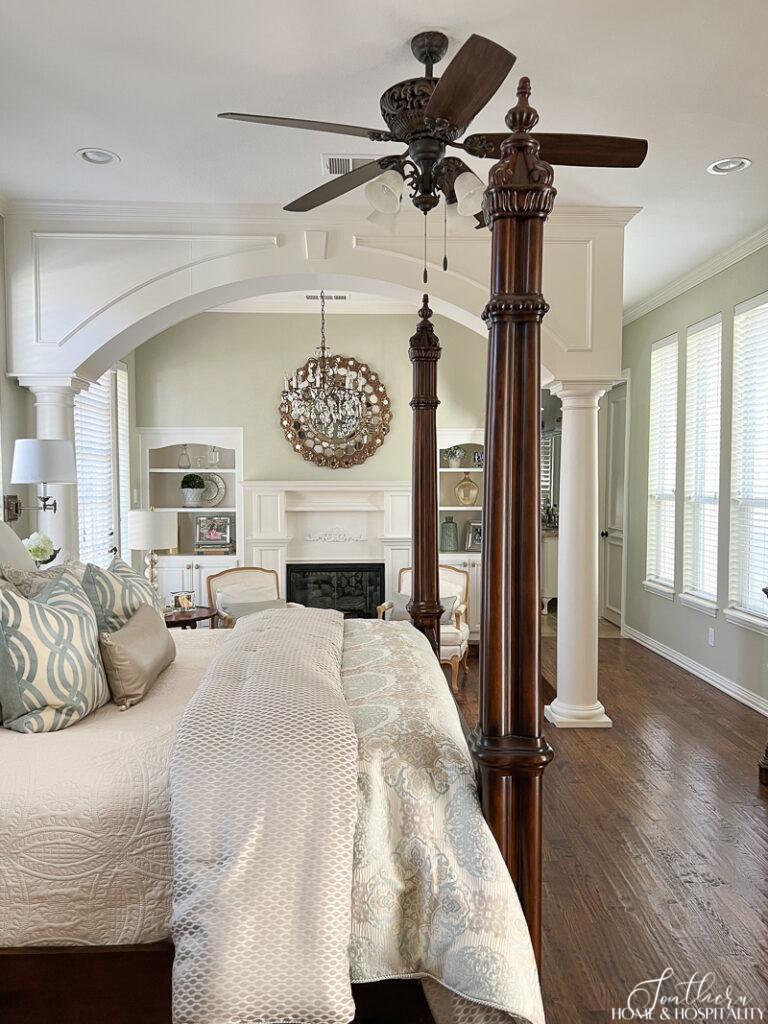In the heart of Paris stands a majestic testament to human creativity and ingenuity: the Louvre Museum. Yet, behind the iconic facade of this world-renowned institution lies a story of visionary architects whose designs have shaped not just a building, but an enduring symbol of art and culture.
Pioneers of Architectural Elegance
The Louvre’s origins trace back to the late 12th century when it was first built as a fortress by King Philip II. However, it was in the 16th century under the guidance of architect Pierre Lescot that the Louvre began its transformation into a grand palace. Lescot’s vision of harmonious proportions and classical motifs laid the foundation for the Louvre’s architectural elegance.
Pierre Lescot: Crafting the Louvre’s Renaissance Splendor
Pierre Lescot’s contributions to the Louvre are immeasurable. His work on the Lescot Wing, with its graceful arcades and delicate sculptures, set the standard for French Renaissance architecture. The Cour Carrée, or Square Courtyard, remains a masterpiece of symmetry and balance, reflecting Lescot’s meticulous attention to detail.
The Legacy of Claude Perrault
Fast forward to the 17th century, and we encounter another visionary architect who left an indelible mark on the Louvre: Claude Perrault. Known for his love of classicism and innovative ideas, Perrault was responsible for the iconic east facade of the Louvre. This facade, with its grand colonnade of Corinthian columns, embodies the spirit of the French Baroque style.
Claude Perrault’s Iconic Colonnade: Symbol of Grandeur
The Colonnade, completed in 1670, remains one of the most recognizable features of the Louvre. Its sweeping lines and majestic proportions create a sense of grandeur and power, symbolizing the magnificence of the French monarchy. Perrault’s design was not just about aesthetics; it was a statement of royal authority and cultural supremacy.
Charles Percier and Pierre Fontaine: Architects of Neoclassical Revival
As the Louvre continued to evolve, it entered the era of Neoclassicism in the late 18th century. Architects Charles Percier and Pierre Fontaine were at the forefront of this revival, blending classical elements with a new sense of simplicity and order. Their work on the Napoleon III Apartments, part of the Louvre’s Richelieu Wing, exemplifies this Neoclassical style.
The Grandeur of the Napoleon III Apartments
Step into the Napoleon III Apartments, and you are transported to a world of opulence and elegance. Percier and Fontaine’s designs, inspired by ancient Roman and Greek architecture, feature soaring ceilings, ornate friezes, and exquisite furnishings. Here, the Louvre becomes not just a museum but a living testament to the grandeur of the French Empire.
I.M. Pei: A Modern Vision for the Louvre
In the 20th century, the Louvre underwent yet another transformation with the addition of the iconic Pyramid entrance. This modern marvel was the brainchild of renowned architect I.M. Pei, who sought to create a harmonious blend of old and new. The Pyramid’s glass and steel structure, completed in 1989, serves as a symbol of openness and accessibility, inviting visitors from around the world to explore the treasures within.
I.M. Pei’s Pyramid: A Symbol of Innovation
The Louvre Pyramid stands as a symbol of architectural innovation and boldness. Its geometric form contrasts with the classical lines of the surrounding buildings, yet somehow, it feels perfectly at home amidst the historic splendor of the Louvre. Pei’s design not only transformed the museum’s entrance but also revitalized the entire institution for a new era.
Jean Nouvel: Adding a Modern Twist
In the 21st century, architect Jean Nouvel left his mark on the Louvre with the addition of the stunning Islamic Art galleries. Completed in 2012, these galleries feature a modern glass roof that seems to float above the historic Cour Visconti. Nouvel’s design, with its interplay of light and shadow, pays homage to the rich cultural heritage of Islamic art while adding a contemporary touch to the Louvre’s architectural narrative.
A Tapestry of Architectural Brilliance
As we stand before the Louvre Museum today, we are witness to a tapestry of architectural brilliance woven by generations of visionary architects. From the graceful arcades of Pierre Lescot to the grandeur of Claude Perrault’s Colonnade, from the Neoclassical elegance of Percier and Fontaine to the modern innovations of I.M. Pei and Jean Nouvel, each architect has added a layer to the Louvre’s rich history.
The Louvre: A Living Monument to Art and Architecture
The Louvre Museum stands not just as a repository of priceless artworks but also as a living monument to the enduring power of art and architecture. It is a testament to the visionaries who dared to dream, to innovate, and to create something truly magnificent. As we walk through its halls, we are not just experiencing history; we are enveloped in the legacy of those who shaped the Louvre into the grandeur we see today. Read more about louvre architect


